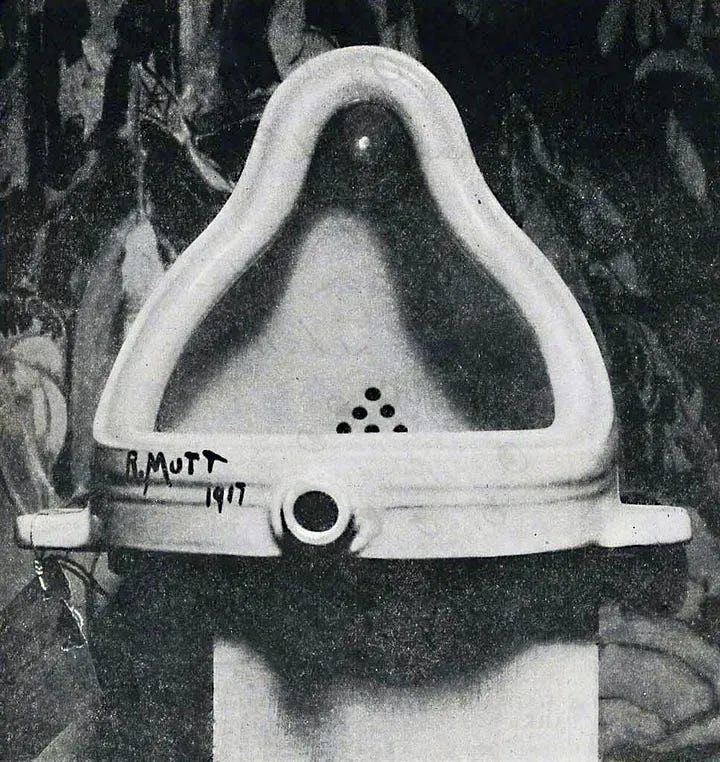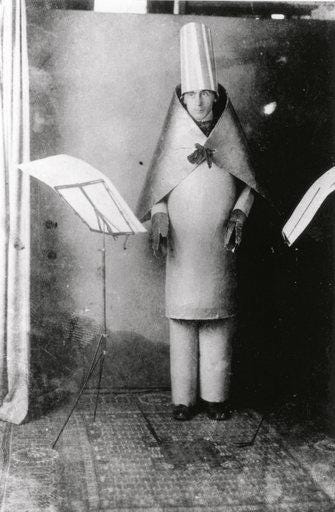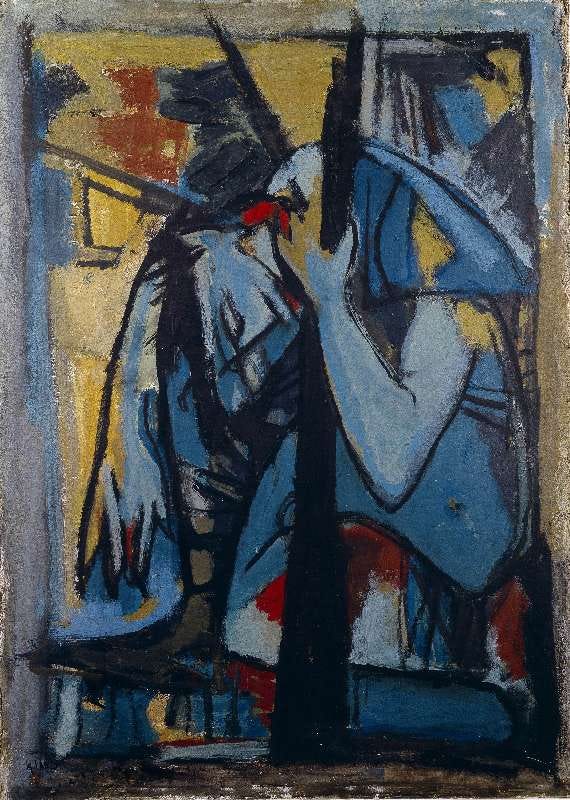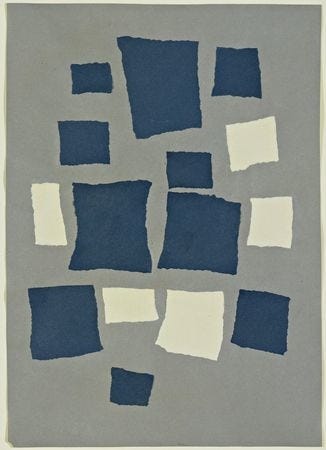What We Are Looking At: Dada Art 1916 - 1922
"Dada artists felt the war called into question every aspect of a society capable of starting and then prolonging it – including its art. Their aim was to destroy traditional values in art"
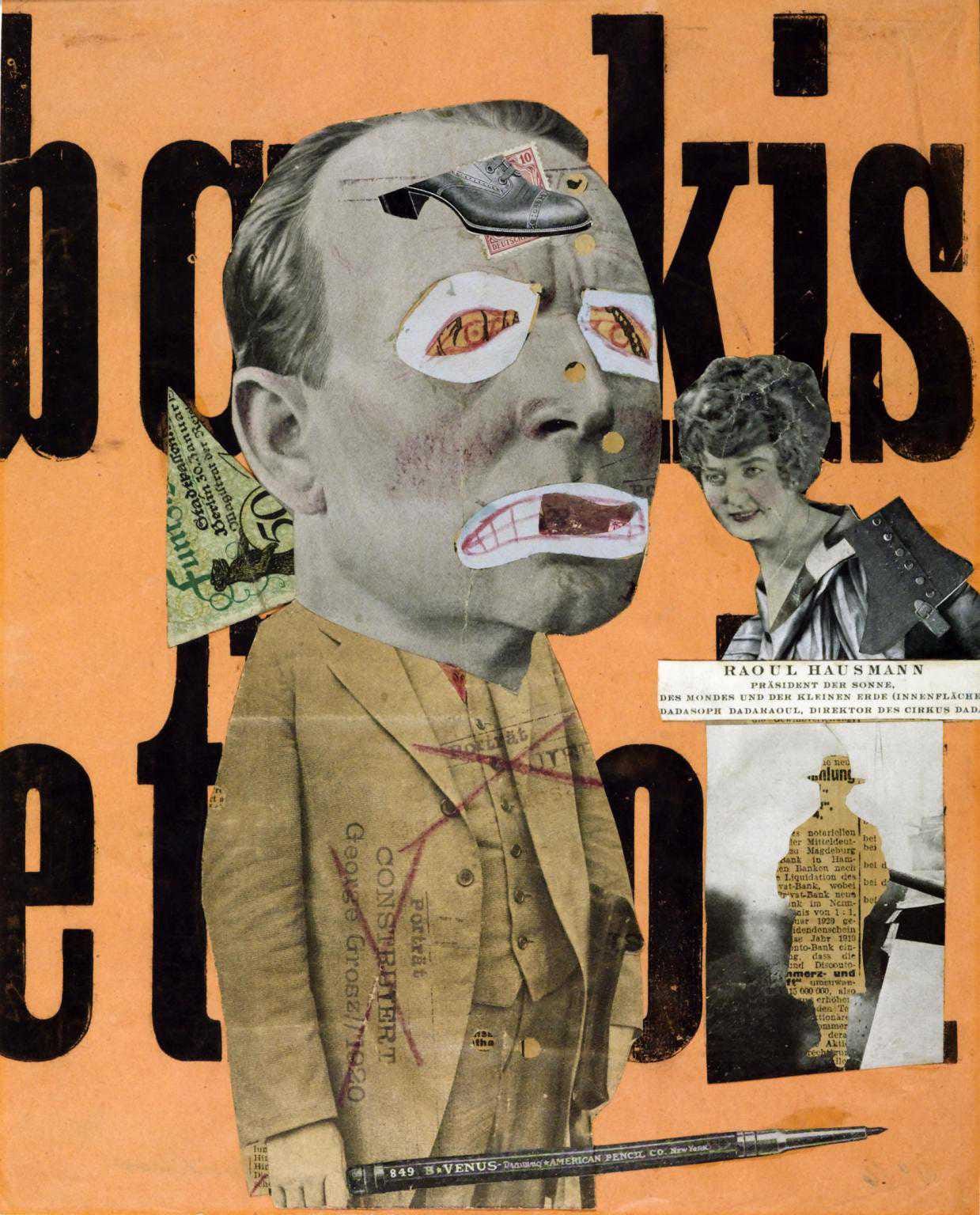
I think about the Tower of Babel more than I should. As a secular humanist, I’ve always thought it funny that God punished people for working together to try to get to heaven. “Get back heathens! There is only one way to heaven, and it’s to ask Me nicely.”
Oh God, what a cruel and benevolent force You are. Mostly I think about Babel as a story of different peoples trying to work together. Why is it so hard, when it is so easy to work against each other.
The current election of Trump is the current reminder that people love nationalism, but so was his last election. So is Russia’s support of Putin. So is everything. History is one long story of self-preservation and fear. Nationalism!
I represent foster kids in family court. My first case (and several cases since), a father declared that he “would do anything for his kids.” He did not mean that he would go to a doctor’s appointment or drive the kids to school. He did mean that he would be willing to kill someone. The judge, me, the other lawyers, the mother of his children – you know, he’d kill anyone or anything for his kids. Family first!
It is in the face of this constant barrage of fear and self-loathing that my mind has been considering the work of the Dada artists. If you can believe it, the times were even worse. World War 1 was happening, which is a war basically without a cause. And though historians argue about what was the first “industrialized” war, it was certain that the war was mechanized in ways that dehumanized the soldiers in new and profound ways leading to millions of dead and injured people.
The Dada movement was born in 1916 when poet Hugo Ball opened Cabaret Voltaire, a gathering place for freethinking artists in Zurich. Initially a literary movement, Dada quickly rose to prominence and attracted artists who worked across mediums, ideologies and influences. As Dada rose to prominence, groups of independent Dadaists popped up in cities across the Western World. After prolonged disagreements between Dadaist members over their artistic direction, the cohesive movement fell apart in 1922 . - Dadaism and The Rejection of Reason by Stanley Kirshner-Breen
If you google “what caused WW1” an AI bot tells you it was “nationalism, militarism, and imperialism.” But what do those words even mean? You might get the same answer if you google “Why did Trump win.” It is times like this that you can see how people would get fed up with the traditional modes of meaning making.
It might start by someone saying, “there are no words.” And then someone else replying, “words are the problem.” And someone else saying, “Tear the whole fucking thing down.”
Or, as Hugo Ball said regarding a night of dada performance art in 1916, “Our Cabaret is a gesture. Every word that is spoken and sung here says at least this one thing: that this humiliating age has not succeeded in winning our respect.”
That night he read his now famous poem, “Gadji Beri Bimba” which begins like this:
gadji beri bimba glandridi laula lonni cadori
gadjama gramma berida bimbala glandri galassassa laulitalomini
gadji beri bin blassa glassala laula lonni cadorsu sassala bim
gadjama tuffm i zimzalla binban gligla wowolimai bin beri ban
o katalominai rhinozerossola hopsamen laulitalomini hoooo
gadjama rhinozerossola hopsamen
bluku terullala blaulala loooo
The problem with language is that people use it to kill each other. What makes us human, they thought, is pre-lingual and unifying. Which brings me back to the Tower of Babel. If you don’t know, in that story, people all work together to reach heaven, and God thwarts their plans by making all the builders speak different languages and scattering them across the globe.
Google says it’s a creation myth to explain different languages. Upon further reflection, what if God destroyed it, not to keep people from working together to do good things. He destroyed it to stop them from working together to do terrible things. To destroy heaven.
Anyway, the Dadaists thought language and all culture were horrible. And they realized almost immediately that they wanted to start a revolution but that revolution itself was an act of violence, so that their own movement was horrible.
The Dada movement bore the surrealist movement and in many ways started contemporary art. It only lasted a few years because, as they said “Everything is Dada.” By which they meant everything is art, and nothing is art, and the ways that we determine what art is are inherently classist and bound to commerce and violence. So you can’t have a movement that is anti-movement. It’s success is to fail. It is a contradiction.
Maybe they’d say “It's all so hopeless that all we can do is dance.” Maybe they’d say “live, love, laugh.” Dada is a series of contradictory rages that involve class, money, meaning and art. It happened in the face of insane violence by machine gun and mustard gas with the streets filling with the mangled remains of soldiers.
None of it is supposed to make sense except that it does. Here are some of my favorite images that are associated with the movement.
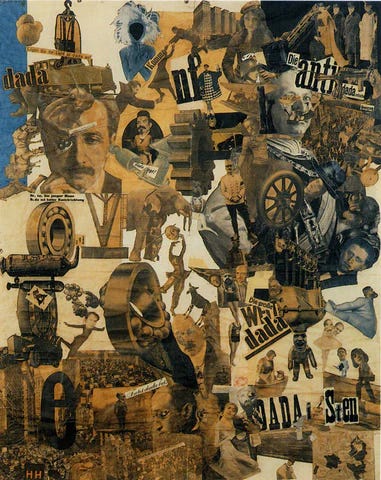
I might take on a specific work of art sometime in the future. But I hardly felt like writing this, so who knows.




